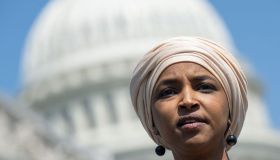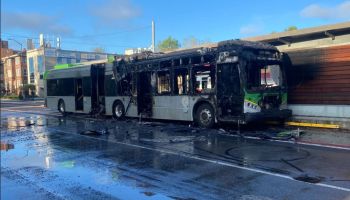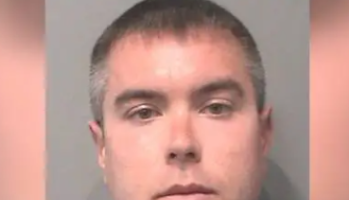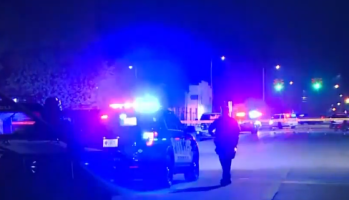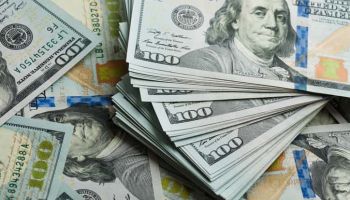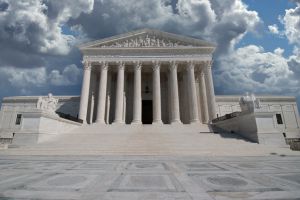
Source: Douglas Rissing / Getty
MUNCIE, Ind. — The Supreme Court heard arguments this week over the legality of President Biden’s program to wipe away billions of dollars in student loan debt for borrowers across the U.S.
Earlier this year President Biden rolled the program out via executive order which would forgive up to a certain amount of student loan debt for people who are still paying off their debt. However, several Republican-led states have sued to say the program circumvented Congress’s authority to authorize such a program.
The White House has maintained that they are within the law.
Ball State economist Dr. Michael Hicks tells WISH-TV that there are pros and cons to the program if it were to be upheld by the Supreme Court. One of the pros is that it will help those who are unable to get ahead on paying a loan back.
“The rate on these and the inability to get out from under them mean that households, unlike a car you make a mistake with and you can take it back to the dealer, you are stuck with (that loan) and there is no way to get out from underneath it,” Hicks said.
Hicks said it would also open up more money to be spent in the economy and for people to save for retirement.
But, Hicks said that the plan’s drawbacks have to do with who will end up on the hook for those forgiven loans.
“Just from an equity standpoint this loan program, while it provides benefits, it is also being paid for by people who for many different reasons didn’t take loans, and that would not sit well with them,” said Hicks.
Hicks estimates that the amount of debt that would be forgiven under Biden’s plan would be the equivalent of roughly 1-to-2-percent of the overall national debt, which stands at $31 trillion. He says that’s roughly 400-600 billion dollars.
The Supreme Court is not expected to have a decision on the program until sometime in June.

